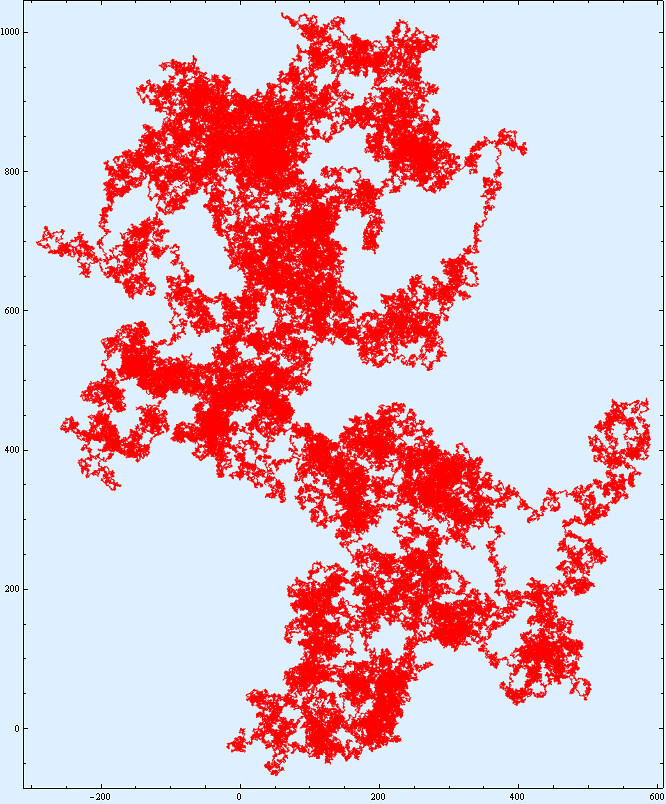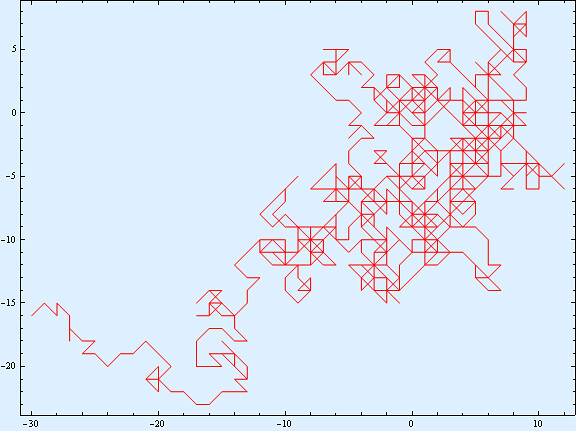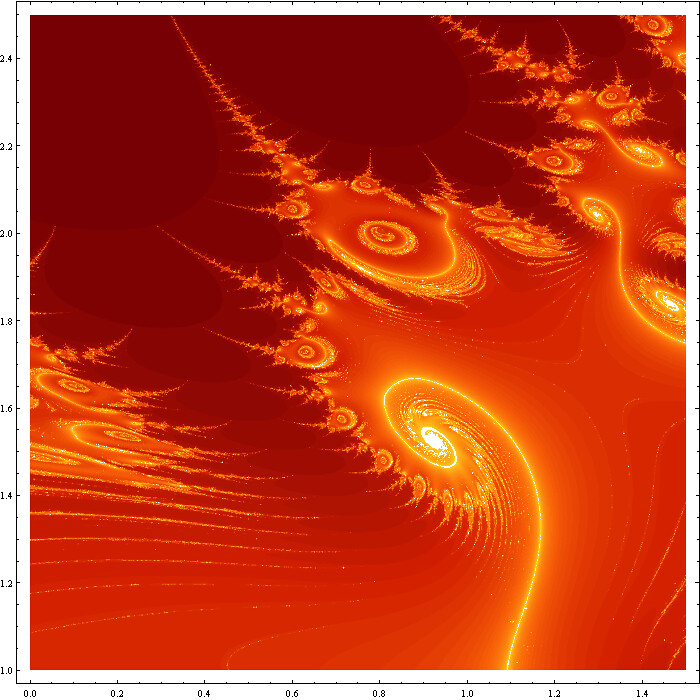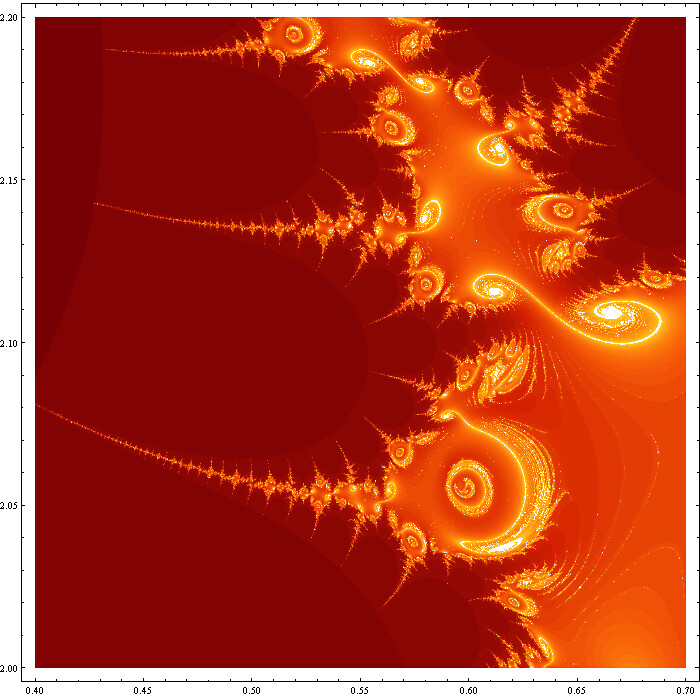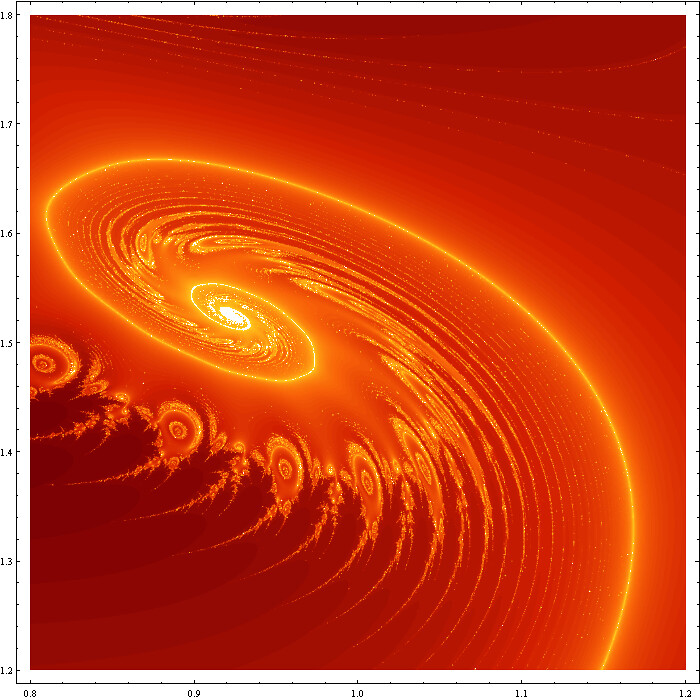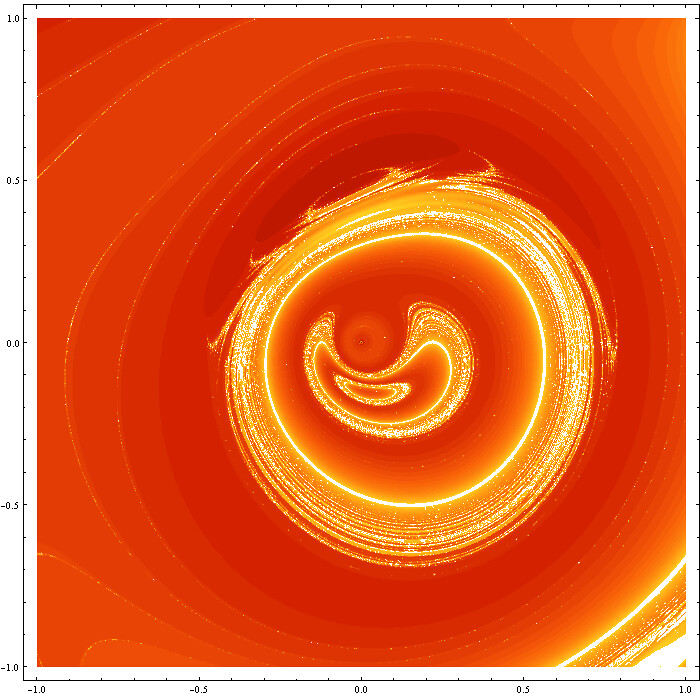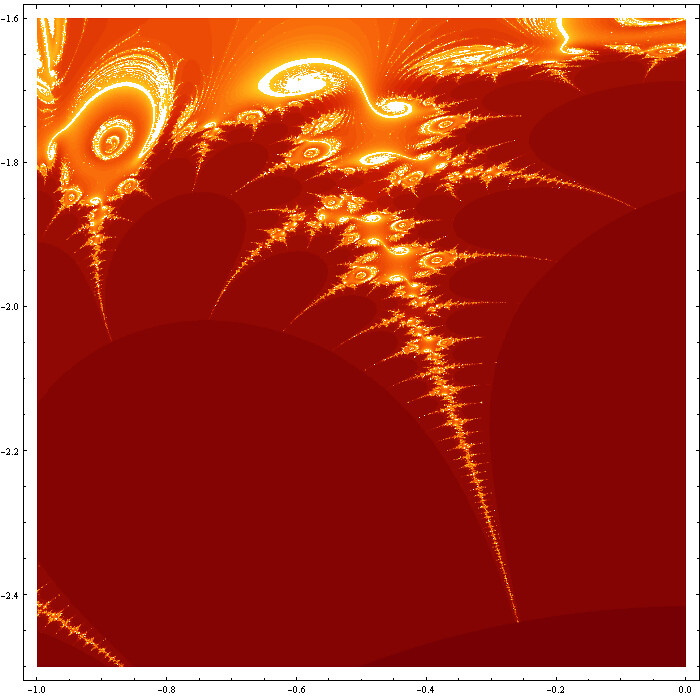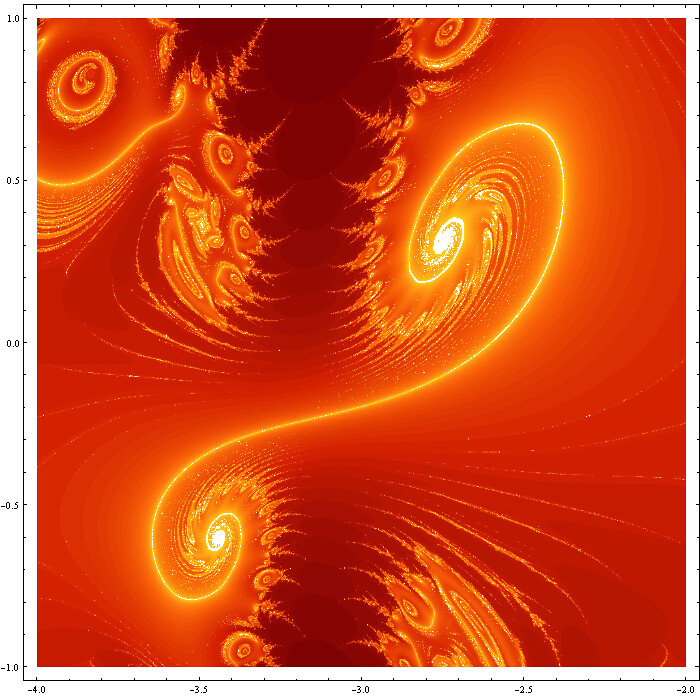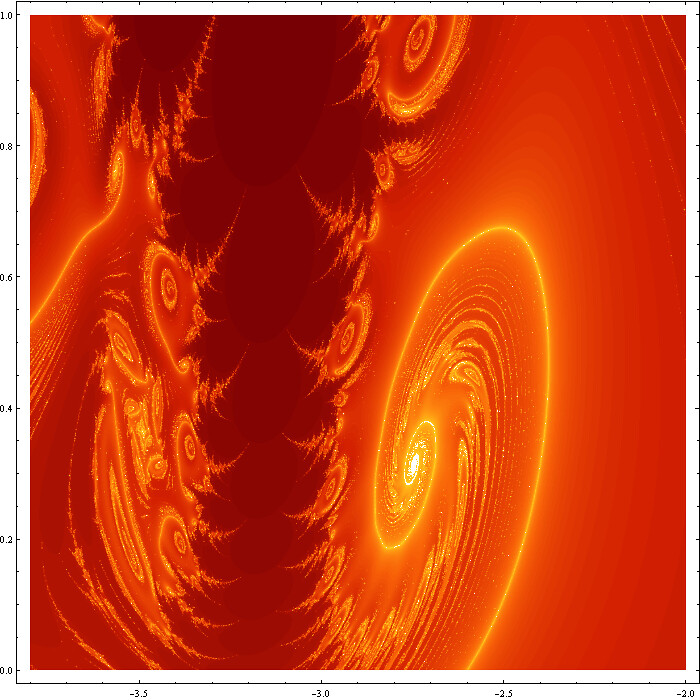 |
In Horizon: How Small is the Universe? broadcast on BBC Two at 21:00 BST on Monday 3 September, the narrator talked about “splitting the electron” and that this had been achieved.
|
|
The scientist speaking, Jeroen van den Brink was a little more careful. The properties of the electron were split between quasi-particles.
|

Jeroen van den Brink
|
There are three quasi-particles here; holons, spinons and orbitons [2]. Before I say something about these, you should note that these are not really fundamental particles, but rather they arise from the collective behavior of the system. Quasi-particles are emergent phenomena that occur when a microscopically complicated system behaves as if it contained different weakly interacting particles in free space.
A good example here is the electron effective mass as it travels through a semiconductor. The system behaves like a system of weakly interacting electrons, but with a different mass. These “wrong mass” electrons are quasi-particles and arise due to the collective interactions.
Another example from semiconductor physics are holes. The absence of an electron in the valence band of a semiconductor behaves like the presence of a positive charge carrier.
Holons, spinons and orbitons
The electron, in certain circumstances can be considered as a bound state of the the three quasi-particles; holons, spinons and orbitons. The holons carries the charge, the spinons carry the spin and the orbitons the orbital location. That is these three quasi-particles describe the fundamental properties of the electron in some material.
Amazingly, there are situations in which these quasi-particles become deconfined. That is they are no longer strongly bound, but exist as free particles. This is what Horizon was really talking about.
Experiments
In 1996 Kim et.al. split an electron into a holon and spinon [1].
The third part, the orbiton was far more elusive. Only this year has it been reported that “spin–orbital” separation of the electron has been observed [3].
I won’t comment further here as experimental physics is outside my expertise. I suggest those that are interested read the original papers I cite.
Has the electron really been split?
No, but the properties, the quantum numbers have been shared between quasi-particles and these quasi-particle have experienced deconfinement. This is an amazing result that is deeply rooted in quantum mechanics and collective phenomena, but does not signal that we should think of free isolated electrons as not being fundamental.
Today there is no compelling evidence that the electron is not fundamental, that is has some internal structure. It may well do, string theory for example suggests that the electron is just one vibrational mode of a fundamental string, but right now the evidence is not there.
References
[1]C. Kim, et.al. Observation of Spin-Charge Separation in One-Dimensional SrCuO2. Phys. Rev. Lett. 77, 4054–4057 (1996)
[2]K. I. Kugel and D. I. Khomskii, Sov. Phys. Usp. 25, 231 (1982)
[3]J. Schlappa et.al. Spin–orbital separation in the quasi-one-dimensional Mott insulator Sr2CuO3. Nature 485, 82–85 (03 May 2012)




